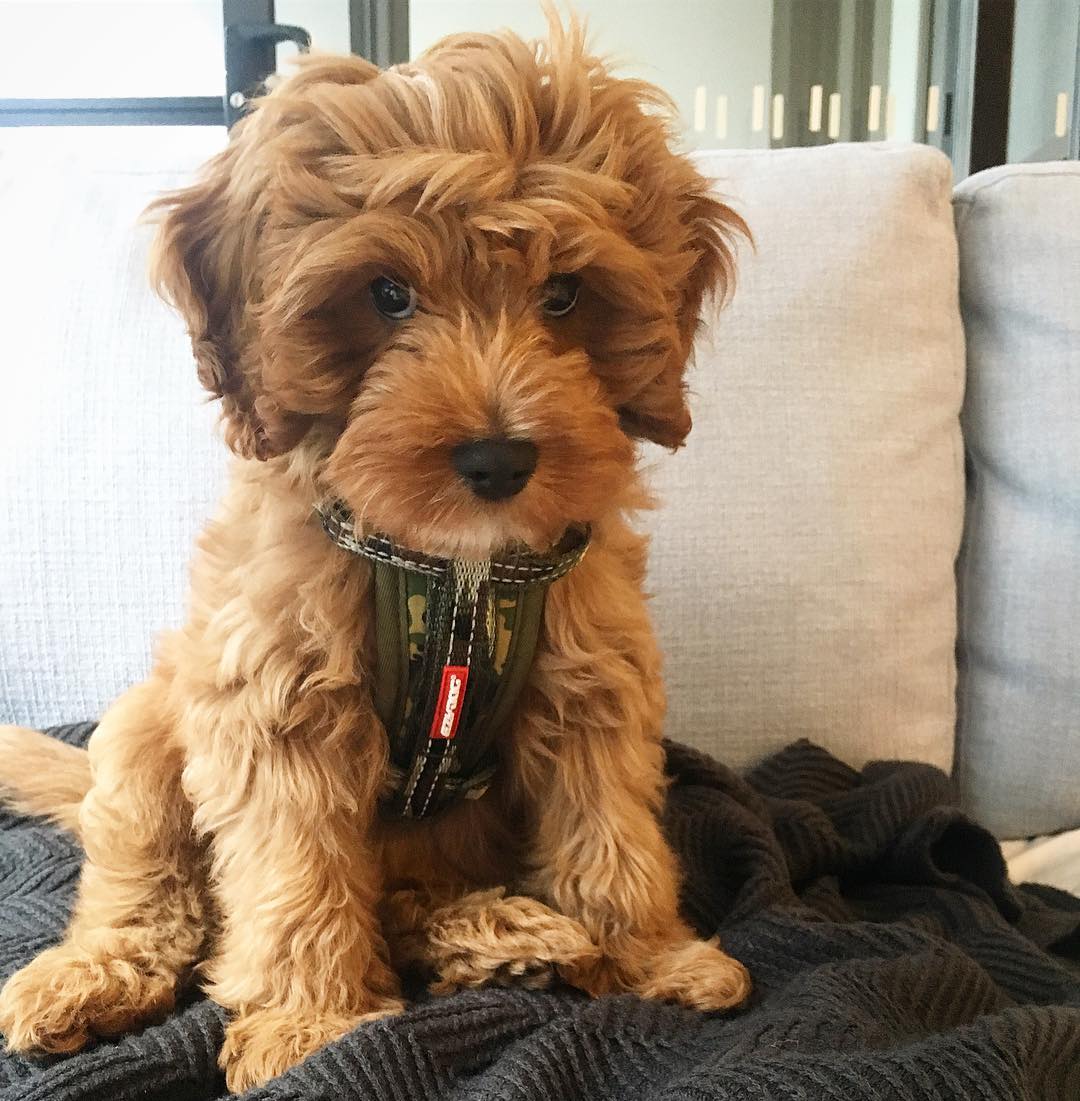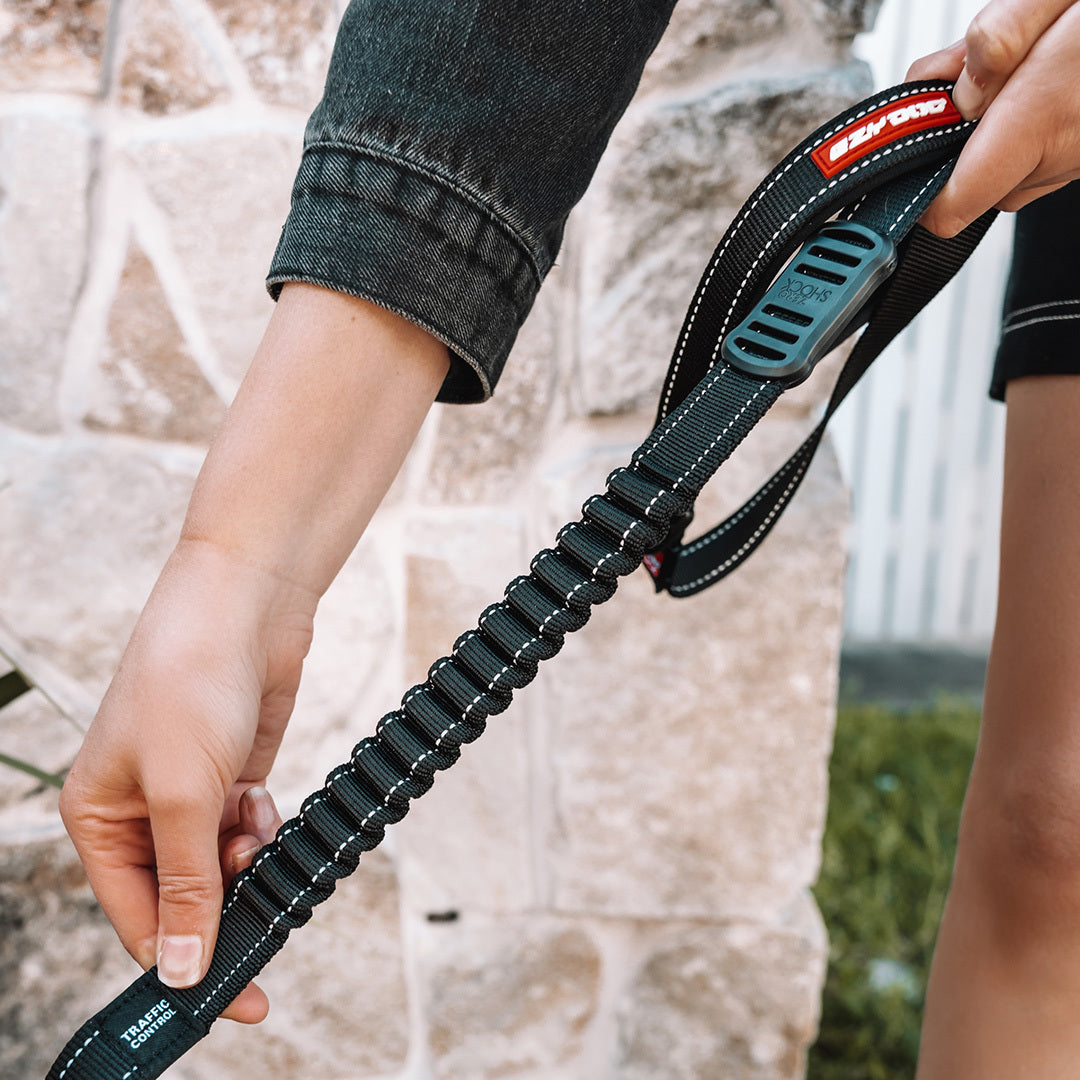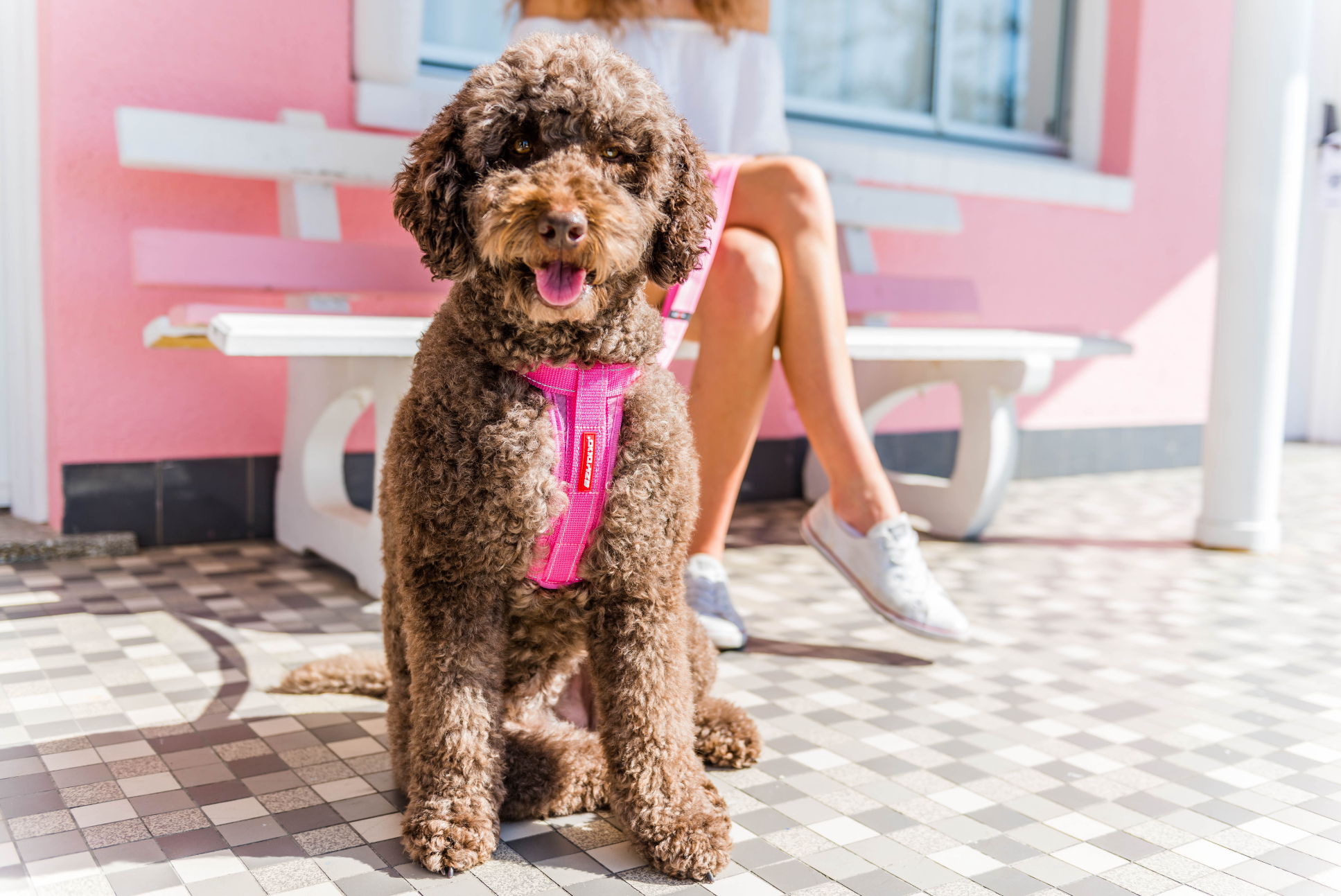
Cavoodle: History, Personality, Care & Training Tips by a Dog Lover
Quick Facts Overview
|
Trait |
Details |
|
Size Category |
Small to Medium |
|
Height & Weight |
28–35 cm; 5–12 kg |
|
Coat Type & Colours |
Wavy to curly; cream, gold, black, brown, tri-colour |
|
Energy Level |
Moderate to High |
|
Origin |
Australia |
|
Grooming Needs |
Moderate to High |
|
Temperament |
Affectionate, playful, gentle, intuitive |
|
Trainability |
High |
|
Compatibility |
Excellent with kids, pets, and strangers |
|
Lifespan |
12–15 years |
Breed Origins and History
The Cavoodle is a proud Aussie creation—born from the desire to blend the Poodle’s intelligence and low-shedding coat with the Cavalier’s affectionate nature. Their history helps explain why they’re such loyal, loving little companions.
Personality and Temperament
Cavoodles are friendly, affectionate, and always up for a cuddle or a game. Their social nature makes them a hit with kids, other pets, and even strangers. If you're after a loyal mate with a cheerful vibe, this is your breed.
Trainability and Intelligence
Thanks to their Poodle parentage, Cavoodles are clever and eager to please. That makes training easy—especially with the right motivation and consistency.
-
Respond well to positive reinforcement
-
Love treats, cuddles, and praise
-
Quick to pick up commands and routines
-
Can be sensitive—gentle guidance is best
-
Use a training harness, leash, and treat bag for smooth, rewarding sessions
Exercise and Activity Requirements
Cavoodles may be small, but they’ve got a decent energy tank. Daily activity keeps them mentally sharp and physically happy. Even better if it involves you!
-
30–45 minutes of daily exercise
-
Regular walks, fetch games, or agility courses
-
Interactive play or puzzle toys indoors
-
Love swimming or water play—try a dog life jacket
-
For hands-free outings, a running lead is a smart pick
Physical Characteristics
These dogs are cute as a button, with a plush teddy-bear appearance and soulful eyes. Their looks vary slightly depending on whether the Poodle parent was Toy or Miniature.
-
Height: 28–35 cm
-
Weight: 5–12 kg
-
Coat: Wavy to curly, soft and low-shedding
-
Features: Floppy ears, compact build, gentle expression
-
Best suited to small or medium-sized gear depending on size
- Best small dog harnesses designed for small dogs like Cavoodles
Living Environment Suitability
Cavoodles adapt well to just about any living space—as long as they’re with their humans and get regular exercise.
-
Great for apartments or houses with small yards
-
Prefer a moderate climate (may need a coat in winter)
-
Not suited to long days alone—can develop separation anxiety
-
Cosy dog beds and car harnesses help them feel secure
Grooming and Maintenance
Their coat needs regular attention to stay clean and mat-free—but with the right routine, it’s simple and satisfying.
-
Brush 2–3 times per week (daily for curlier coats)
-
Bathe every 4–6 weeks
-
Trim nails monthly
-
Clean ears to avoid infection
-
Use a soft dog collar to protect delicate skin and hair
Common Health Issues
While generally healthy, Cavoodles may inherit issues from their parent breeds. Staying on top of vet visits and knowing the warning signs goes a long way.
-
Common concerns: hip dysplasia, eye issues, heart murmurs, ear infections
-
Early diagnosis helps reduce long-term complications
-
Provide soft bedding like an orthopaedic dog bed
-
Stay visible during walks with a reflective collar
Diet and Feeding Guidelines
What you feed your Cavoodle matters. High-quality food with the right balance keeps their coat shiny and joints strong.
-
Puppies: ½–1 cup per day, split into 3 meals
-
Adults: 1–1.5 cups per day, split into 2 meals
-
Seniors: 1 cup, smaller portions if less active
-
Choose foods rich in protein and omega-3s
-
Portable bowls are great for meals on the move
Compatibility with People and Other Pets
Cavoodles are one of the most people-pleasing breeds you’ll meet. Whether it’s playtime with kids or a nap next to a cat, they’re all about harmony.
-
Excellent with children of all ages
-
Friendly with other dogs
-
Can get along with cats and small pets if raised together
-
Warm and trusting with strangers
-
For multi-dog homes, use a coupler leash for smooth walking
Recommended Social Gear:
Behavioural Issues and Management
Left alone too long or under-stimulated, Cavoodles can get a bit naughty—but with guidance and routine, most issues are easy to manage.
-
Barking: triggered by boredom or attention-seeking
-
Separation anxiety: build up tolerance gradually
-
Chewing: provide plenty of toys and stimulation
-
Pulling on walks: a no-pull harness helps redirect energy gently
Essential Gear for Cavoodles
Having the right gear makes everyday life easier—for both you and your pup. Here’s what I always keep handy for my Cavoodle.
Walking Essentials
Style & Identity
Training Support
Travel Ready
Climate Adaptability
Customised Fit
FAQs: Cavoodle Dog Breed
1. What is the downside of owning a Cavoodle?
While Cavoodles are wonderful pets, they can develop separation anxiety if left alone for long hours. They also require regular grooming to prevent matting, which might be a bit much for owners wanting a low-maintenance dog.
2. Do Cavoodles bark a lot?
They’re not excessive barkers, but they may vocalise when bored, anxious, or left alone too often. Early socialisation and stimulation can help reduce unwanted barking.
3. Are Cavoodles OK to be left alone?
Not for long periods. Cavoodles thrive on companionship and may become stressed or destructive if left solo all day. Gradual training and enrichment toys help build independence.
4. Are Cavoodles high maintenance?
They sit somewhere in the middle. Grooming is a must, especially for curlier coats, and they need daily exercise and mental engagement to stay balanced.
5. Do Cavoodles shed a lot?
They’re considered low-shedding, which makes them a great choice for allergy-sensitive households—but they’re not completely non-shedding, especially during seasonal changes.
6. Are Cavoodles good house dogs?
Absolutely! Cavoodles are affectionate, social, and gentle. They adapt well to apartments or homes, as long as they’re not left alone too long and get daily activity.
7. How much does a Cavoodle cost in Australia?
Prices vary by breeder, location, and coat colour, but you can expect to pay anywhere from $3,000 to $6,000 for a Cavoodle puppy from a reputable breeder.
8. What is the lifespan of a Cavoodle?
Most Cavoodles live between 12 to 15 years with proper care, a good diet, and regular vet check-ups. Some even reach 16 or 17!
9. Are boy or girl Cavoodles better?
It comes down to personality rather than gender. Some say males are more affectionate, while females can be more independent, but both make lovely companions.
10. Do Cavoodles like to cuddle?
Yes! One of their most charming traits is how affectionate they are. Cavoodles love snuggling on the couch and being close to their humans.
Final Thoughts
The Cavoodle is a joyful, loving companion that fits beautifully into Aussie homes of all shapes and sizes. With the right care, quality gear, and plenty of affection, they’ll thrive by your side for many happy years.
Are you prepared to treat your Cavoodle to the best products that enhance their comfort, safety, and happiness?
Explore the full range of thoughtfully designed accessories at EzyDog to keep your pup comfortable, active, and ready for every adventure.
Reviewed by Experts
This post has been quality-checked by SEO Expert Niraj Raut to ensure it’s clear, helpful, and accurate, and fact-checked by Ken, a dedicated dog expert and enthusiast, to guarantee reliable information for dog owners.





Leave a comment
This site is protected by hCaptcha and the hCaptcha Privacy Policy and Terms of Service apply.